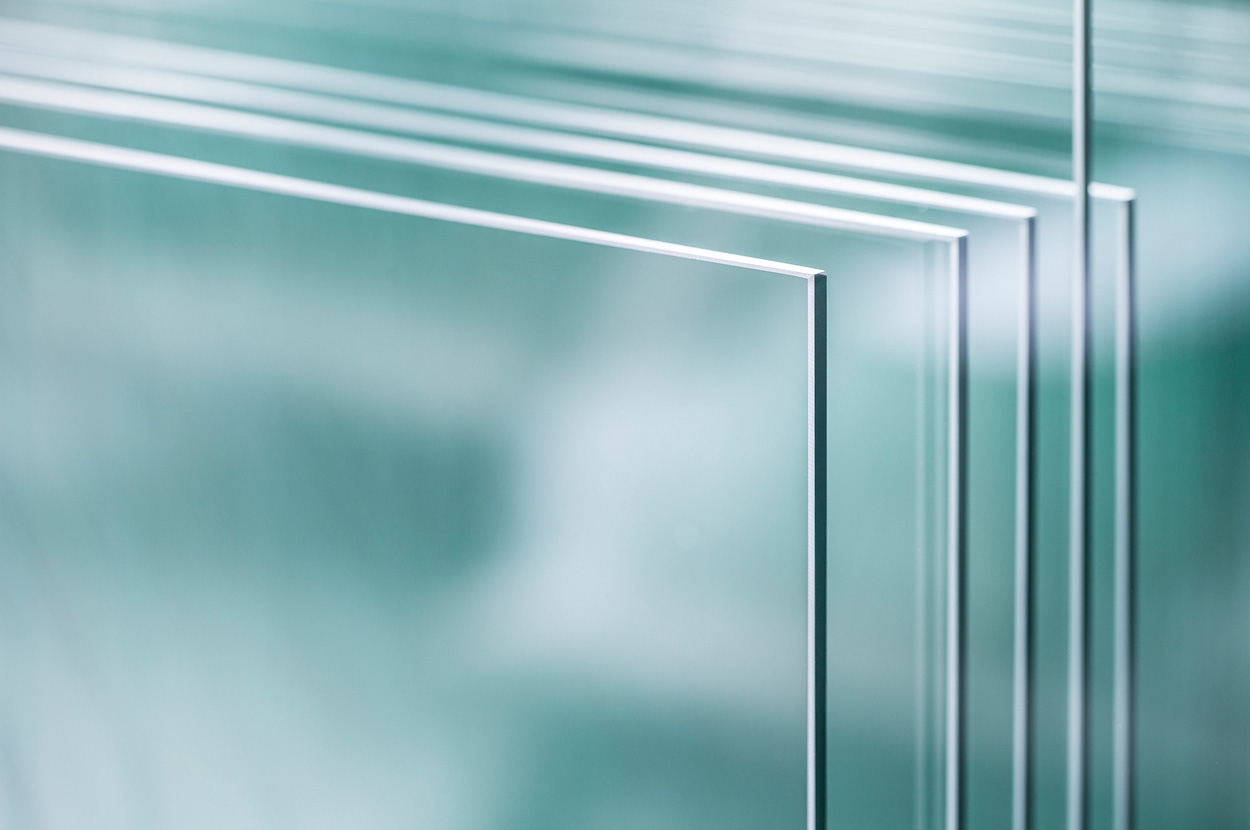

The Importance and Benefits of Tempered Glass in Modern Architecture
In recent years, tempered glass has gained immense popularity in contemporary architecture and design. This type of glass, which undergoes a rigorous heating and cooling process, is known for its superior strength and safety features compared to regular glass. As buildings evolve to become more visually striking and functional, tempered glass is playing an essential role.
What is Tempered Glass?
Tempered glass, also known as toughened glass, is manufactured through a thermal treatment process that involves heating the glass to a temperature of about 620 degrees Celsius (1,148 degrees Fahrenheit) and then rapidly cooling it. This process alters the internal structure of the glass, making it about five to six times stronger than ordinary glass of the same thickness. In addition to its strength, tempered glass is less likely to break when subjected to impact or temperature changes. If it does break, it shatters into small, blunt pieces rather than sharp shards, thereby reducing the risk of injury.
Safety and Durability
One of the most significant advantages of tempered glass is its safety features. This makes it an ideal choice for a variety of applications, including windows, doors, shower enclosures, and facades. For instance, in the case of structural failure during an earthquake or a storm, tempered glass is less hazardous, ensuring a safer environment for occupants. Furthermore, the durability of tempered glass makes it suitable for environments where high-impact resistance is crucial, such as in high-rise buildings and commercial spaces.
Aesthetic Appeal

Beyond its practical attributes, tempered glass offers aesthetic benefits that enhance the architectural beauty of buildings. Its clarity and smooth finish allow for unobstructed views and an open feel, making interiors appear more spacious and inviting. Architects and designers often utilize tempered glass to create sleek lines and modern designs, effortlessly blending indoor and outdoor spaces. Its ability to be laminated and tinted also adds to its versatility, allowing for a range of design options that can meet diverse aesthetic needs.
Energy Efficiency
Another notable advantage of tempered glass is its energy efficiency. Modern advancements have led to the development of low-emissivity (Low-E) coated tempered glass, which reflects infrared light while allowing visible light to pass through. This feature helps to maintain the interior temperature, reduce heating and cooling costs, and lower energy consumption. As energy efficiency becomes increasingly important in sustainable building practices, tempered glass serves as an exemplary solution that aligns with these goals.
Environmental Responsibility
Moreover, the production of tempered glass is often accompanied by environmentally responsible practices. Glass is 100% recyclable, and its production generates minimal waste compared to other building materials. As more architects and builders prioritize sustainability, tempered glass stands out as an eco-friendly option that marries functionality with environmental consciousness.
Conclusion
In conclusion, tempered glass plays a pivotal role in modern architecture, offering a unique combination of safety, durability, aesthetic appeal, energy efficiency, and sustainability. As the demand for innovative building solutions continues to grow, tempered glass is poised to remain a favored choice among architects and builders worldwide. Its numerous benefits not only enhance the overall performance of structures but also contribute to the creation of safer, more beautiful, and more sustainable built environments. As technology progresses, we can expect further advancements in tempered glass applications, ensuring its position at the forefront of architectural innovation.